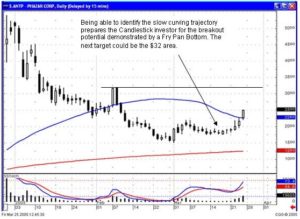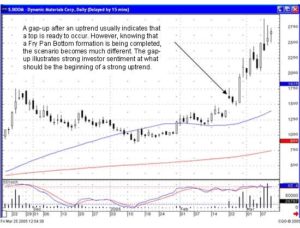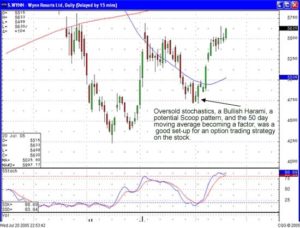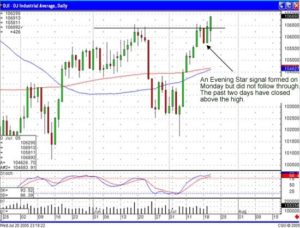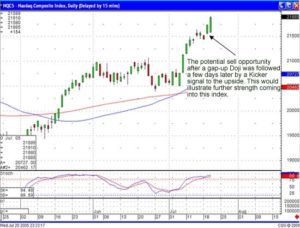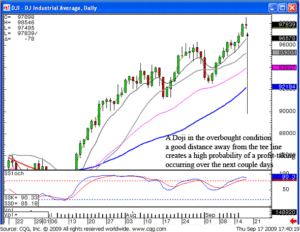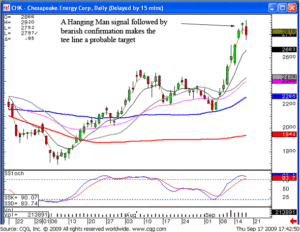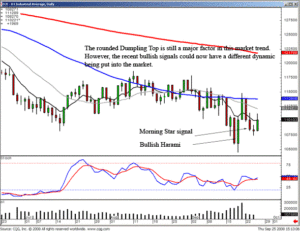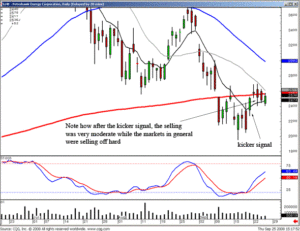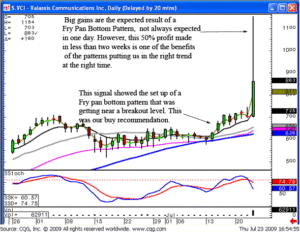Commodity trading online is a great way for investors to make money. There are four categories of commodities available for traders including energy, metals, agricultural and livestock and meat. Energy commodities include thing such as heating oil, natural gas and gasoline and crude oil. Metals can include gold, platinum, silver and copper and agricultural commodities can include things such as soybeans, cocoa, cotton, sugar, coffee, wheat, corn, and rice. Commodity trading can also include livestock and meat such as pork bellies, live cattle and feeder cattle and lean hogs.
When conducting commodity trading online there are certain characteristics to understand. Trading commodities can be very different from investing in stocks and bonds. This is because there are global and economic factors that come into play such as technology, disease, and natural disasters. Investors must use caution when buying commodities because trades can completed without visual inspection of the goods. Investment can quickly become risky because events take place that are impossible to predict. This can include things such as epidemics, man-made disasters, weather patterns and other factors. That is one reason why many investors make it a practice to only allocate about 10% of their portfolio to commodities.
When commodity trading online many investors practice hedging. Futures and forward contracts in addition to hedging are common practice and without them the volatility in the commodities market could potentially cause businesses to fail that would have otherwise managed to survive. There are businesses that need to be able to predict their expenses in order to budget. They do this through using the commodity exchanges in order to normalize their expenses. They use futures, forward contracts and hedging in order to do this.
In summary, there are numerous commodities available for investors to trade. These investors must ensure that they do their homework since there are so many factors that could derail their investments in the commodities markets. Investors must ensure that when commodity trading online they do not gamble, but instead speculate based on well informed decisions regarding market dynamics. They must learn to use investing strategies such as hedging and commodity futures and learn how to handle volatile or bearish markets.
Continue your education on the commodities market to see if the trading strategies and market are a good fit for you. There is a lot to learn however more and more investors are taking advantage of the benefits of trading commodities online.
The T-line is an extremely valuable tool. Candlestick signals illustrate when there has been a change of investor sentiment. However, as a trend continues in a specific direction, the sell signal requires more compelling confirmation. The longer a trend continues, the more established investor mindset becomes. A strong reversal signal is required to change investor sentiment.
Both the Dow and the NASDAQ closed below the T-line on Tuesday. This should have instigated some profit taking. What is required to indicate the bears were now in control? Confirmation that the bears were still the dominant force. This would have been evident had the selling continued on Wednesday. However, the markets opened relatively flat and then started to trade positive. If the bears were in complete control, the bullish trading should not be witnessed. This should have slowed down the selling process. As time went on during Wednesday’s trading, it became apparent the buying was not a quick rebound from the day before. The indexes moving well above the tee line provided more evidence the line may still be acting as support.
The trading below the T-line on Tuesday provided an opportunity to close out positions that may be exhibiting bearish signals. The bullish trading on Wednesday allowed for reestablishing bullish positions, not necessarily the same ones that were just liquidated. This process allows an investor to take profits at the appropriate time in some charts and reestablish long positions in new charts that have a higher degree of upside probability. This process is a simple cultivation to keep investment funds in better probability situations.
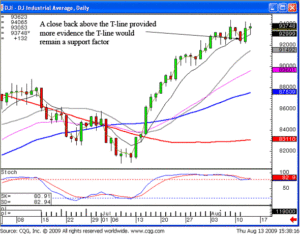
DOW
This process also helps investors overcome the fear/ego involved when taking profits. The fear of getting out of a position too early is greatly nullified when the funds are rotated into higher probability potential trades. As illustrated in our recommendation of FITB, this chart demonstrated a high probability trade as a Jay hook pattern was being established, bouncing up off the tee line. Our knowledge about a Jay hook pattern makes this a much higher probability situation versus a trade that has already moved up and now showing potential sell signals.
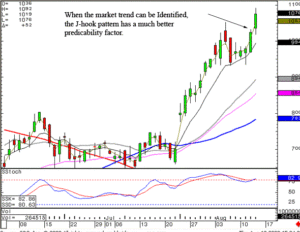
The Candlestick Forum Team
Major Moving Averages + Bonus Video Special
Website special reflects current newsletter. If you are reading an archived newsletter you will be directed to Current Website Special.


